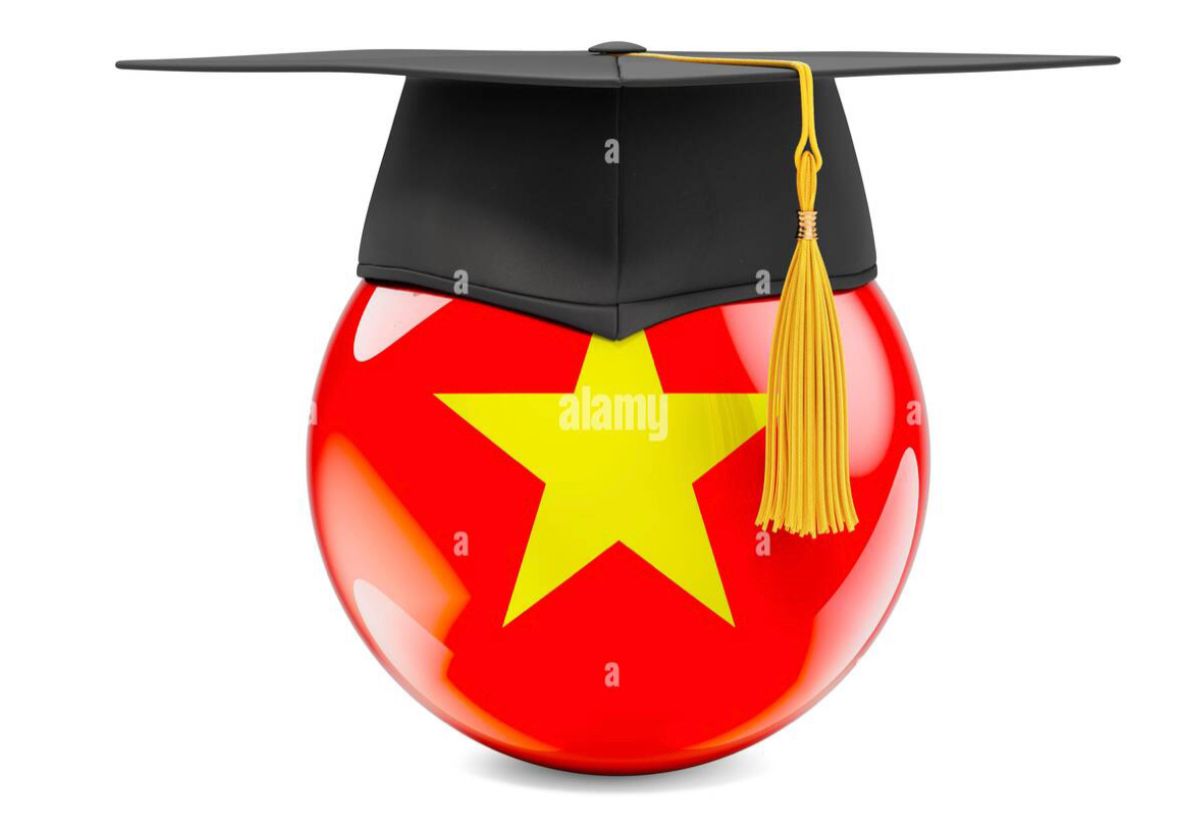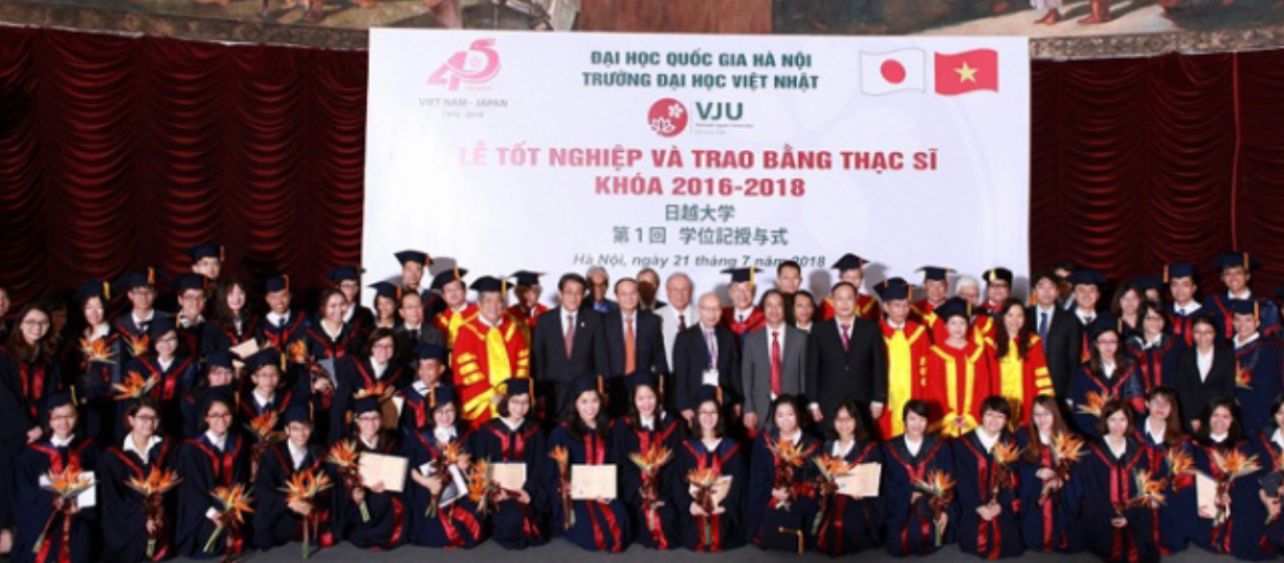
Vietnam is a fast growing lower middle-income country with a population of around 95 million and a market-oriented socialist economy. It is among the fastest growing economies in ASEAN and a strong regional player. Living standards have improved quickly in the last three decades, and poverty now affects less than 10% of the population. But despite progress, a deep urban–rural divide persists: over 70% of Vietnam’s poor are from ethnic minorities.
In Vietnam, Official Development Assistance has made a substantial contribution to the national development agenda, helping to meet the costs of this country’s economic transition, the expansion of its infrastructure, the development of public health and education systems, and ambitious programmes to fight poverty and inequality. Vietnam is now entering a new phase of its national development, and the country has set out to become a modern and industrialised country by 2020


Education Trend in Vietnam
HIGHER EDUCATION IN VIETNAM
GDP contribution of education and training in Vietnam:
In 2021, Vietnam’s education and training sector accounted for 4.03 percent of the country’s total GDP, contributing a GDP value of just over 326 trillion Vietnamese dong. In that year, Vietnam’s GDP totaled approximately 8.4 thousand trillion Vietnamese dong.
Higher Education in Vietnam
Key figures
The most important key figures provide here with a compact summary of the topic of ‘Higher education in Vietnam’ and show straight to the corresponding statistics.
EDUCATION
- Youth literary rate in Vietnam98.63%
- Adult literacy rate in Vietnam96.28%
- Number of people with advanced education in Vietnam7.78m
EMPLOYMENT
- Number of employed people with university degree in Vietnam5.1m
- Average monthly salary for people with university degree and higher in Vietnam9.23m VND
- Salary growth of education sector in Vietnam14.8%
STUDY ABROAD
- Number of Vietnamese students in higher education in Japan43.8k
- Number of Vietnamese international students enrolled in Australia24.3k
EDUCATION SYSTEM
- Number of schools in Vietnam26.41k
- Number of classrooms in schools in Vietnam511.4k
- Number of teachers in primary education in Vietnam377.88k
- Share of female primary education teachers in Vietnam77.7%
PRIVATE EDUCATION
- Education level with highest number of private schools in VietnamPre-primary
- Education level with highest number of private students in VietnamKindergarten
- Enrollment rate for primary education in private institutions in Vietnam1.40%
